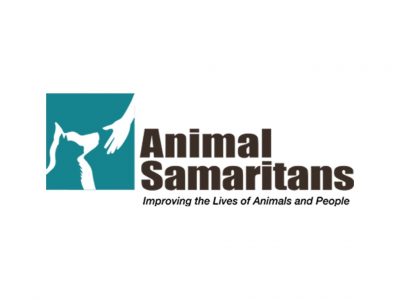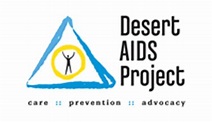Fires and Earthquakes are a way of life in sunny Southern California, just as tornadoes, hurricanes and ice storms are present in other parts of the country. We all need to be prepared when a disaster unexpectedly strikes, and that means having the items we need to survive, especially if we’re forced outside of our homes for a few days.
Just as you should prepare for yourself, you should prepare an evacuation kit for your pets. Use a plastic tub or box, something with handles or that is light enough to easily pick up and carry.
First, let’s talk about pet identification: Please make sure that at all times your pets are wearing some type of identification. A collar and tag is the first step to having your lost pet returned home if they separate from you, but an UPDATED and REGISTERED microchip can’t get lost, won’t fall off or wriggle loose, and is always with your pet.
Next, let’s make sure your home has a Rescue Alert Sticker showing the number of dogs and cats, birds, iguanas, horses (pets of any kind) on your property. This will help the emergency personnel look for signs of life, if you are not home when a natural disaster occurs. If, however, you are home, and you take your pets with you, please mark across this sticker that they have been evacuated.
Arrange for a safe haven, a meeting place for you and family members and then a meeting place where you can take your pets. Not all human shelters will accept pets, so please be sure to do your homework ahead of time and have that information available in addition to knowing the closest 24 hour emergency vet office.
PLEASE NOTE – IF IT IS NOT SAFE FOR YOU, IT IS NOT SAFE FOR YOUR PETS – PLEASE…. DO NOT LEAVE THEM BEHIND.
Choose designated caregivers. Just as you would for your young children, select caregivers for your pets, so you can concentrate on the important things that you need related to a disaster. Also, please consider your pets designated caregiver when making end of life decisions for yourself as well.
Prepare an emergency travel kit that includes medical information about your pet in a waterproof container. Include vital pet medications, their rabies and spay/neuter certificate. Dog owners should keep an extra leash(es) in the emergency travel kit as well. In an emergency, you do not want to waste valuable time assembling items. Be thorough and store your pet emergency kit in an easy to reach location so you can “grab and go.” Finally include photos of your pet should you ever need help looking for them. Most people have pet pictures on their phones, but a printed photo is easy for making and posting copies about town.
Please be sure your travel kit includes travel bowls, pet bags for clean up, paper towels, litter with a small litter tray for cat owners, baggies of food, and your animal’s favorite toy or bone. These types of situations are very stressful for the animals, so anything that can make them feel at ease is helpful. Please back enough food for a week (please rotate it when expirations might be creeping up). If you are using a pet carrier for your pet, small dogs and cats, please identify the carrier in addition to identifying the animals. ???
Special considerations should be made for birds and horses. For horses, set up a buddy system with other horse owners. This could prove to be invaluable in a disaster. If fire to your home is eminent and you can’t transport them, let free so they can find a way to escape. Keeping them confined adds to the danger.
Birds need to be transported in a travel cage or carrier. Carry a blanket to throw over the cage to reduce stress. Keep a leg band on your birds for identification. Birds need to eat on a daily basis, so have a timed feeder in their emergency bag.
Lizards can be transported like birds, but you’re better off transporting snakes in a pillow case. Once you reach a safe place, your reptiles will need a terrarium or other safe housing.
Small animals like hamsters, gerbils, mice and guinea pigs should be transported in secure pet carriers.
Preparation is critical. Be prepared and remember the four P’s: Planning Prevents Potential Problems. Treat your animals as you would your family members, after all, that’s what they are!



















